
In a landmark conservation achievement for the Texas coast, a coalition of partners at the International Crane Foundation, The Conservation Fund, and the Coastal Bend Bays & Estuaries Program has secured permanent protection for more than 3,300 acres of high-priority wintering habitat for the federally endangered Whooping Crane, one of North America’s rarest and most endangered birds.
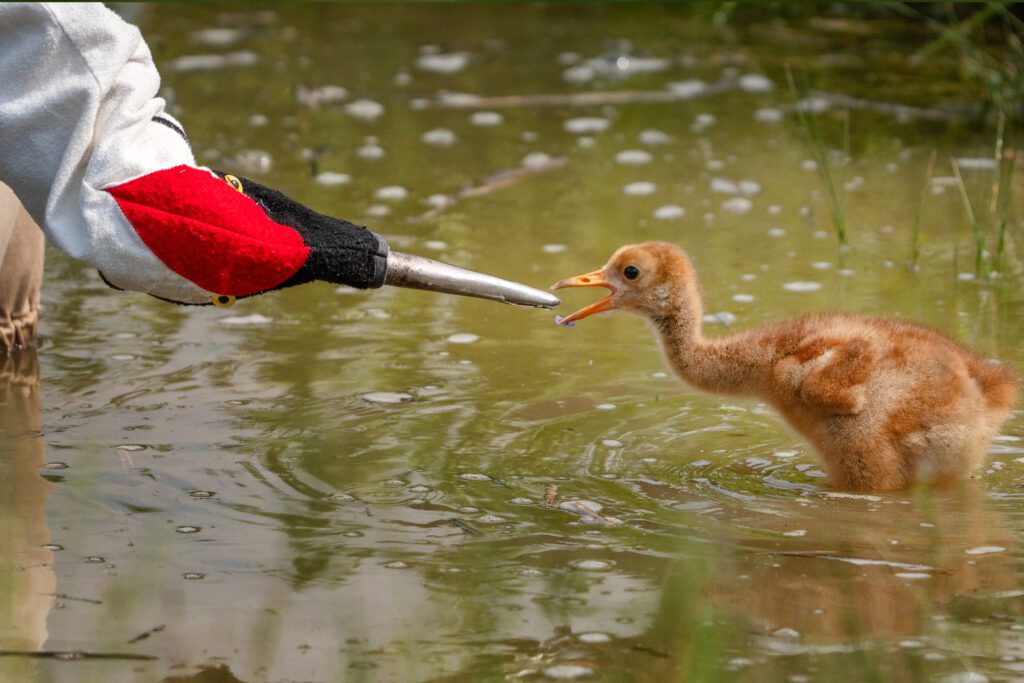
As we reflect on another amazing year of crane conservation, we are highlighting some of our favorite photos from the field.
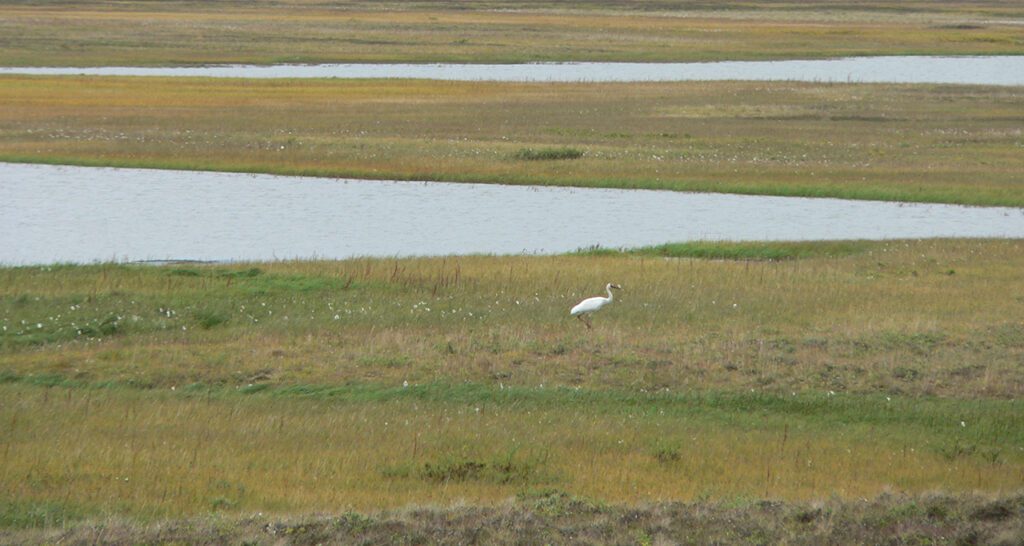
New Visitor Center in Okhotsk Perevoz, Yakutia, established for migratory bird research and education activities.
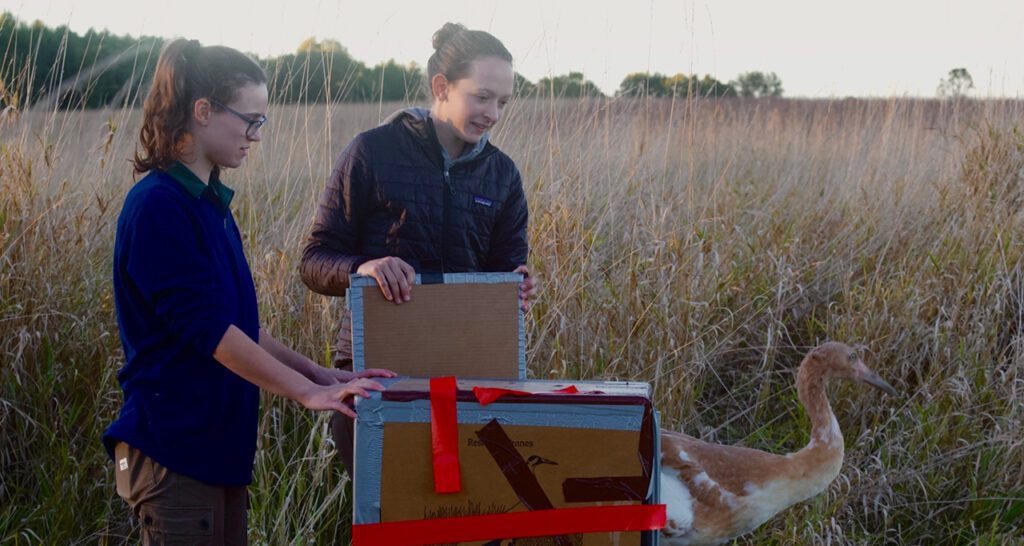
The latest edition of the International Crane Foundation’s Annual Report explores the conservation impact our members, donors, and supporters have contributed to throughout fiscal year 2025.
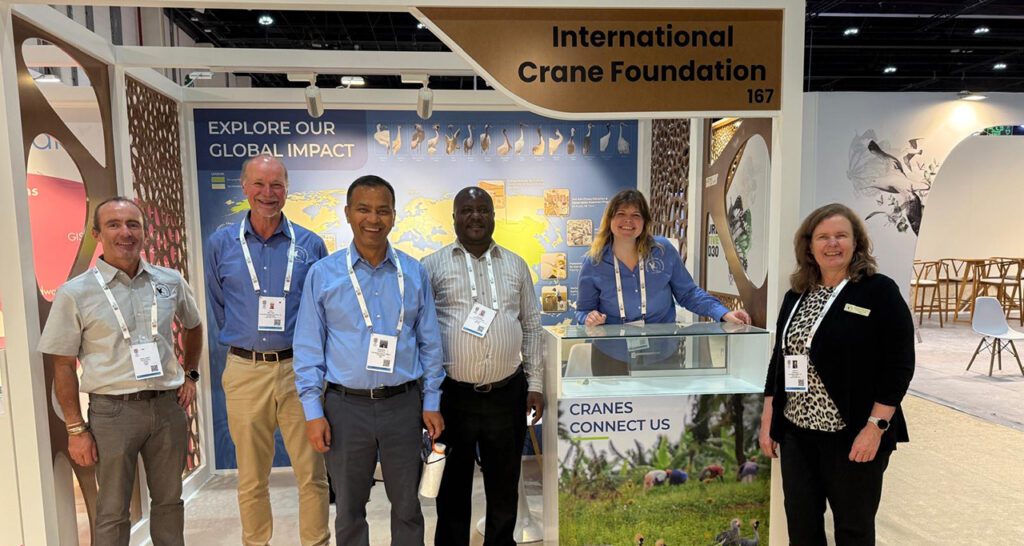
Today was the grand opening of the World Conservation Congress in Abu Dhabi, United Arab Emirates. The Congress is held once every four years and brings together 10,000 government leaders, indigenous community members, philanthropists, and conservation leaders from more than 150 countries worldwide.
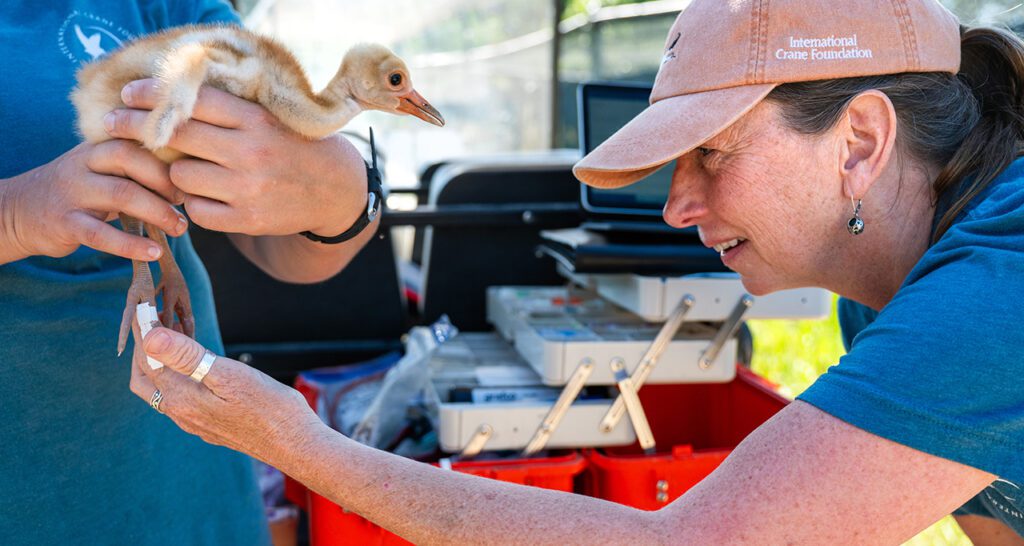
Over the past five years, our aviculture staff has been working to strategically increase the number of Sarus Cranes in our residential flock at our Global Headquarters, aiming to meet our specific collection goals for this species. We acquired an established pair, Yuva and Minu, to serve as our Sarus Crane ambassadors on exhibit at the Crane Discovery Center.
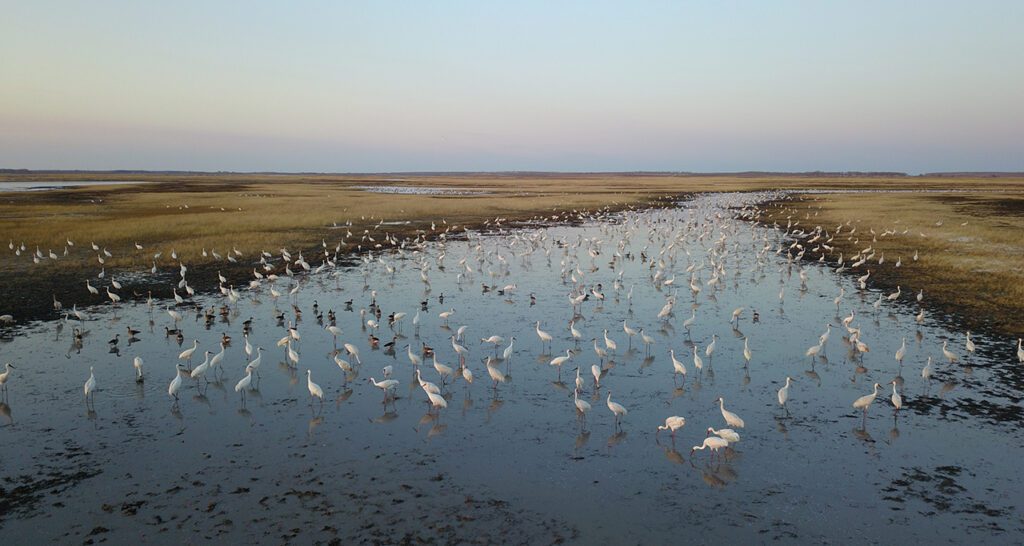
In the vast sky, the Siberian Crane, with its graceful figure and tenacious migratory journey, has become a legend of nature. Among these migratory birds, there is a female Siberian Crane whose life has written a touching story. She is S25, a name remembered by countless people, a symbol of courage, resilience, and hope.

We asked our staff for their top ten facts about crane migration to create this list – we hope you are inspired to learn more about the mystery of bird migration!
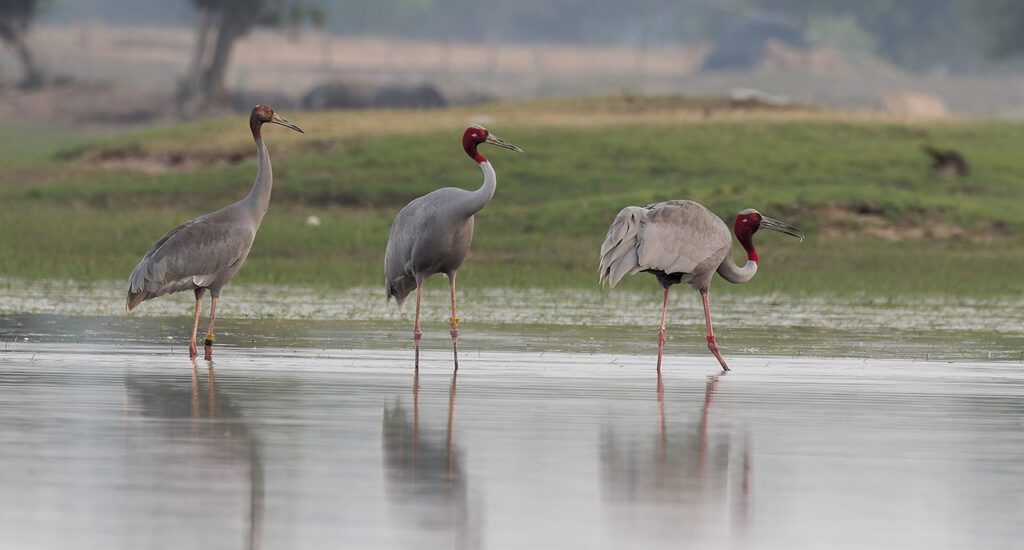
Six juvenile Sarus Cranes will soon have a new home at Tram Chim National Park in Vietnam’s Mekong Delta.
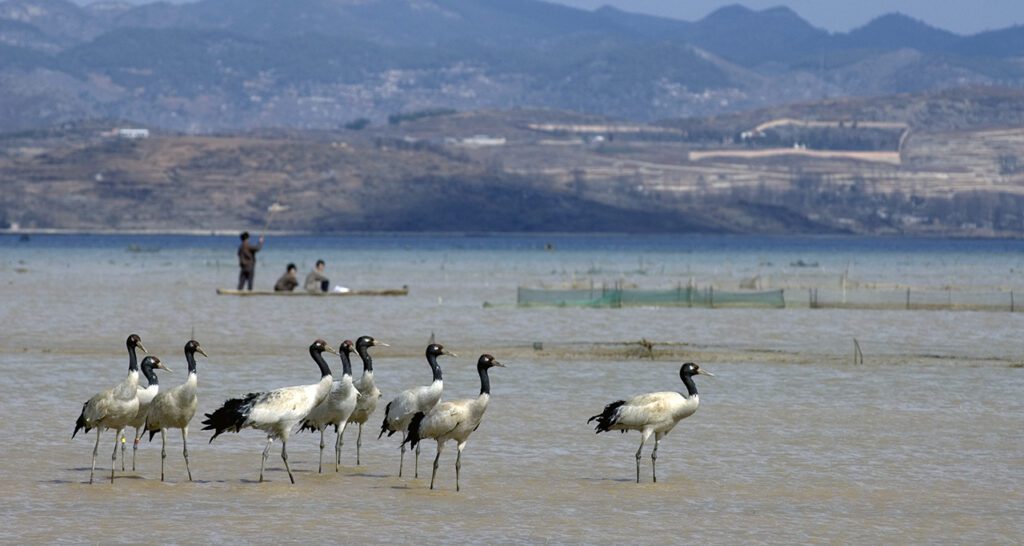
Over 100 researchers and conservationists met late last year at Huize National Nature Reserve in Yunnan Province, China, for the ninth annual Black-necked Crane Conservation Network meeting.
No results found.
Adjust the filters and try again.